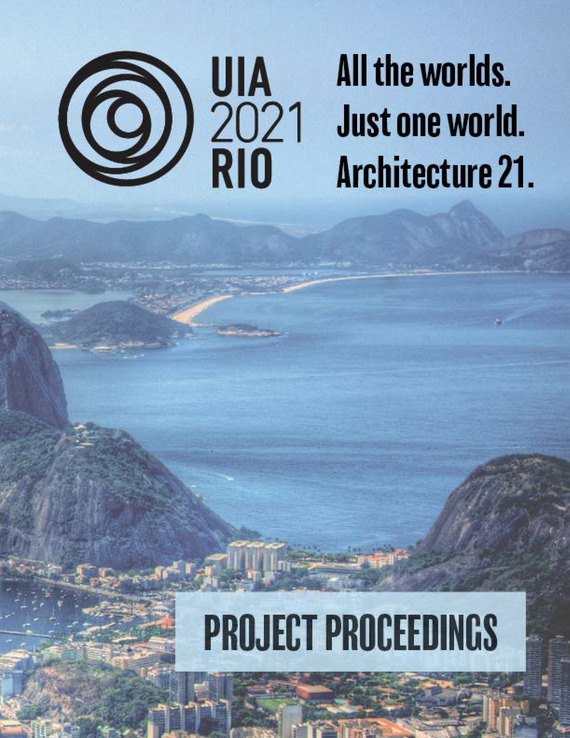Author(s): Rafi Segal & Susanna C. Drake
Khulna is a city located in the southern part of Bangladesh has a population of 1.4 million an area of 59.57 sq.km. Traditionally established as river front development Khulna has its own pattern of cluster type settlement with industrial development. The urban fabric along Rupsha river dominated by various small industries resulted some informal, sub-standard and sometimes illegal settlements. The case study is a squatter settlement accommodating 6000 people in an area of 2.29 Acre. 800 families living in this housing mostly involved in the adjacent fish processing industries. This organically grown housing has a unique characteristic, such as the houses are being used as industrial workplace. Female and children are involved in income generation, however working from own houses or vicinities. This housing structure has a completely different urban environment which at first sight appears to be diffused, and disorganized within an individual island of geometrically structured patterns. To the outsider it may look chaotic but in reality this settlement is an extremely complex field of human compromise, mutual support, mutual dependence and resourcefulness from all its different residents. With the increasing family members the housing has become overpopulated and crowded, resulting lack of very basic human needs, for example sanitation, green and adequate living space. The house forms are about 9-12 sq-m accommodating 6 to 8 members of a family. The idea for regenerating a comprehensive and affordable housing for this urban poor community was multi layering without interrupting their spatial organization, indigenous fabric and social system.
Volume Editors
ISBN
978-1-944214-30-2

 Study Architecture
Study Architecture  ProPEL
ProPEL 
